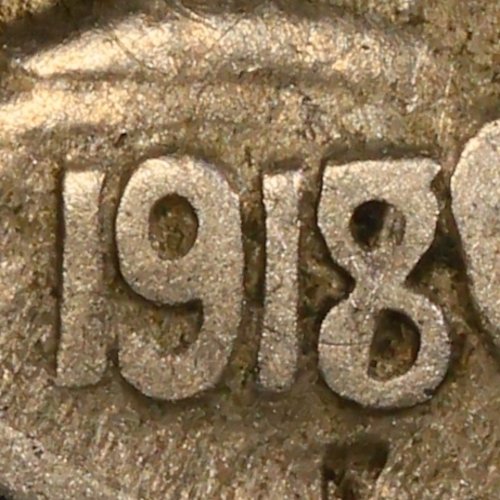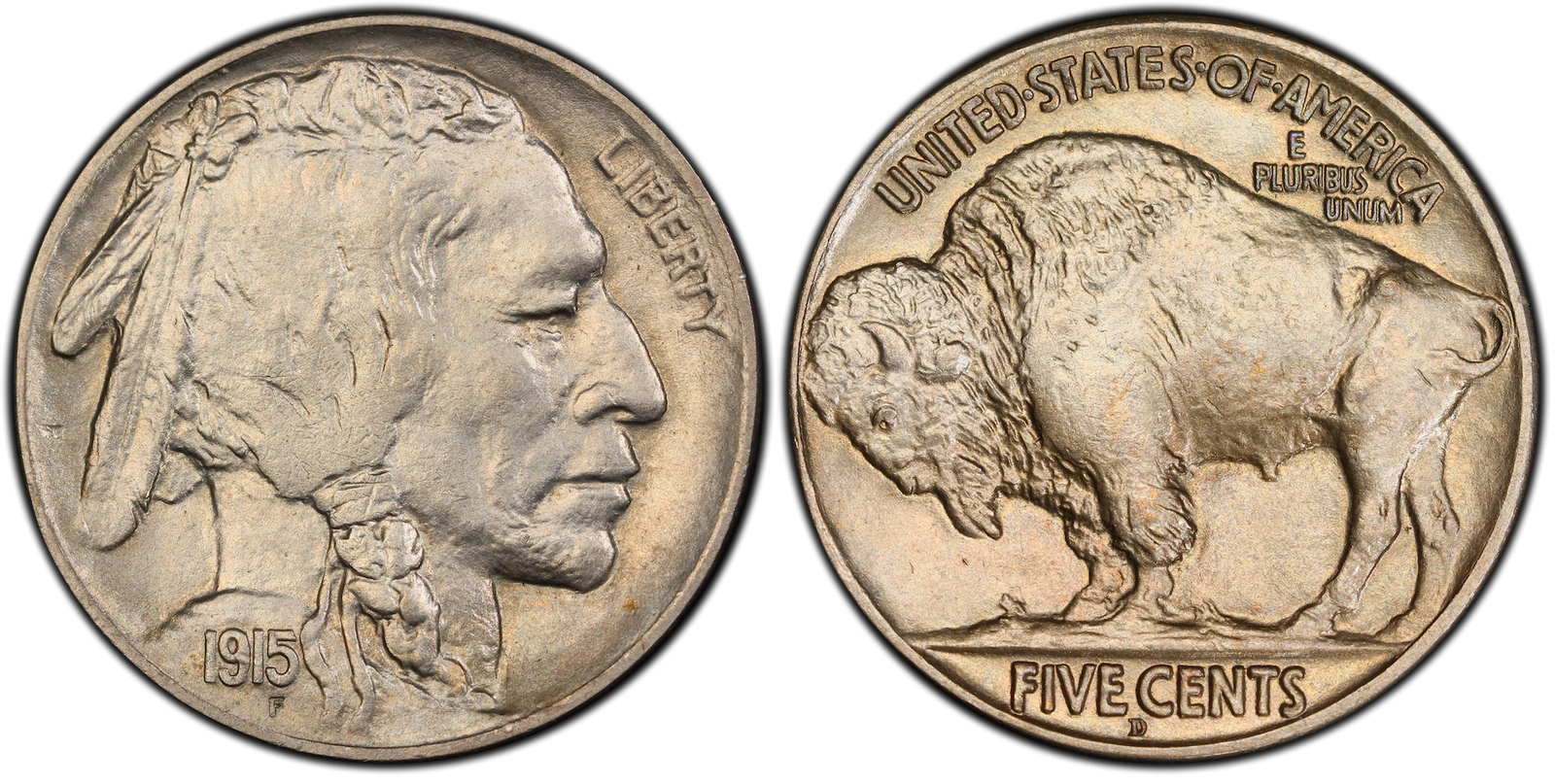
No coin is more uniquely American than the Buffalo nickel. The Native American obverse and the majestic American Bison reverse conjure images in the mind of the West. Replacing the acceptable, though unimaginative, Liberty nickels in 1913, this series was well received by the public during its period of circulation and has been loved by collectors ever since. A few Buffalo nickels made their way to Europe during World War One. Many more paid for the daily newspaper at stands in every large city. More still made up the sum of pocket change in the trousers of unemployed workers during the Great Depression. Sadly, the Buffalo nickel was retired in 1938 in favor of the Jefferson nickel. The new coin was a homage to a brilliant scholar, but it lacked the artistic and symbolic caliber of its predecessor.
The specifications for the Buffalo nickel were consistent throughout the series. The alloy used consisted of seventy-five percent copper and twenty-five percent nickel. The coins weigh five grams and have a diameter of 21.21mm, which is .835 inches.
The 1913-S type 2 is considered the primary key date in the series, though there is considerable competition for this honor. Most mintmarked coins dated between 1913 and 1926 are considered semi-keys in the series. This is especially true in higher grades. P-minted dates and coins dated 1927 through 1938 are more common. In terms of value, the primacy of the 1913-S type 2 also gives way to the 1921-S, 1924-S, and 1926-S in higher grades, though it remains a comparatively expensive coin. The famous three-legged buffalo, a variety of the otherwise common 1937-D, was once considered the most important coin in the series. In recent decades, as population numbers for certified coins have become more instructive, the variety has been shown to be less rare than originally thought. The 1918/7-D overdate may now be the most desirable coin in the series. The 1916/16 doubled die is also a key date, yet it is exceedingly rare to the point of pricing most collectors out of any opportunity to acquire one.
The dual concern for collectors of Buffalo nickels is the inconsistency in the strike and the problem with circulation wear removing dates off a coin's surface. Many dates were not struck with full details, and this is especially true of mintmarked coins between the years 1917 and 1926. Though no special metric for strike quality exists for the Buffalo nickel series, like "Full Head" does for Standing Liberty quarters, or "Full Bands" does for Mercury dimes, collectors would be well-served to seek out fully struck coins. Many coins in low grades no longer exhibit any date. The date was a high point on the coin, and circulation wear gave rise to the dateless nickel phenomenon. If finances allow for it, a collector should endeavor to obtain only coins that clearly show all four date digits. Such coins have held their value much better than those with lesser qualities. The better dates in the series have had a history of being found on the market alongside fake coins. Luckily, this practice has ebbed in recent years, but collectors should remain vigilant.
